Brand loyalty once was more of a gut feeling, something abstract, something that is linked to an emotional attachment to a brand. It is not abstract today. As a business driver, it is measurable and has a direct linkage to retention, revenue, and long-term growth to CMOs. The discussion has shifted from asking whether customers like us to understanding how loyalty translates into market share and a stronger bottom line- a core C-suite priority.
The dilemma is that brand loyalty is complicated. It is not only about a customer who made two purchases with you. It means their attitude and feelings, behavior, and readiness to support you. It will not work by depending on basic vanity like social media likes or followers. You must relate these figures to business results.
These are the main brand loyalty metrics that every CMO needs to follow.
1. Net Promoter Score (NPS)
This is classic, and there is a reason. NPS is the desire of your customers to recommend your brand. It is a strong sign of advocacy. A good NPS indicates that you have a good number of promoters who can become brand ambassadors. As a CMO, the NPS data will allow you to identify where your customer journey is best and where you need to improve it, allowing you to inform your marketing and customer experience teams.
2. Repeat Purchase Rate
It is the clearest behavioral loyalty signal. It is an easy indicator that reveals a percentage of customers that have purchased your products or services at least twice. Monitoring this figure in various products or customer groups can indicate to you where your brand is performing well. It is also indicative of upselling and cross-selling opportunities in case of a high repeat purchase rate.
3. Share of Wallet
Market share will tell you how much of the total market you have but share of wallet will tell you more about what is in your wallet. It is the amount of money that a customer spends on your type of product and gives to your brand. An example of this would be a customer who spends 100 a month on coffee with 70% of that being spent at your cafe, your share of wallet with that customer would be 70%. This measure is a good indicator of where you currently stand in terms of competition and can assist you in formulating focused retention campaigns to your customers who are also shopping elsewhere.
4. Customer Lifetime Value (CLV)
This is the economic benefit of brand loyalty. CLV is a measurement of the total amount of revenue that a customer will generate for your business over the period of the entire customer relationship. A great CLV indicates that you possess customers that not only remain loyal but also increase the amount of money they spend as time progresses. You can use such a metric to argue to the CFO and the board that customer retention is a critical investment that needs to be undertaken as opposed to pure customer acquisition.
5. Retention and Churn Rates
These two measures are the two sides of the same coin. Retention rate measures the proportion of the customers that you retain during a certain time frame, whereas churn rate measures proportion that you lose. The highest indicator of brand loyalty is a high retention rate. Churn analysis can serve as an early indicator to the health of your brand. With this insight, you can predict which of your customers are at-risk and act on them with a targeted communication or offer before they defect.
Linking Loyalty Metrics to Strategic Decisions
Data is only valuable if it drives action. As a CMO, you should be using these metrics for making strategic decisions. This information can improve your customer segmentation and targeting, validate your retention marketing budget and enable you to craft brand stories that truly resonate with your customers’ values. The goal is to move beyond viewing dashboards and start making strategic decisions that shape the future of your brand.
The Future of Measuring Brand Loyalty
Brand loyalty is evolving. We are heading to a more advanced predictive model being driven by AI and data platforms. The discussion is also expanding beyond mere transactions to such topics as sustainability, community, and purpose. The CMO has to be the one leading this effort and collaborating with teams in customer experience and product to ensure that loyalty is a priority throughout the organization.
HT Brand Studio
HT Brand Studio assists CMOs to go beyond surface-level statistics and discover what is actually going on with brand loyalty. We mix data storytelling, bespoke research, and creative campaigns to make the measurements the marketing strategy. CMOs, aiming to develop brand advocacy and increase customer lifetime value, have the tools and platforms available to them to make loyal customers your best growth engine through HT Brand Studio.
Frequently Asked Questions
How is brand loyalty different from customer loyalty?
Brand loyalty refers to the devotion of the customer towards a brand considering the feeling and perception of the value of the brand, not price or convenience. The loyalty of the customers is usually more transactional and founded on rewards or discounts. Brand loyalty goes deeper and is more long-term.
Which metric is most important for a C-suite presentation?
As a rule, Customer Lifetime Value (CLV) can be the most compelling measure to a C-suite audience since it is a direct connection between loyalty and a monetary result. It indicates how loyal customers bring in more dollars as time goes on, and that there is a solid business case to make regarding loyalty-oriented investment.
Can a high NPS be misleading?
It can, but not when it is not considered in comparison with other metrics. High NPS indicates that people are willing to recommend you, but you must also combine it with other scores such as Repeat Purchase Rate so that the willingness is actually converted into behavior.
How can data on brand loyalty help with our marketing budget?
Loyalty information will assist you in spending your budget more efficiently. With an idea of your CLV and retention rates, you can determine how much you should invest on gaining new customers, compared to retaining the existing ones, which can be more cost-efficient.
How do you measure brand loyalty for a brand that isn't transactional?
Engagement and attitudinal metrics to be used in non-transactional brands. Monitor brand mentions, length of time with content, sentiment analysis and social media interactions. Brand consideration and preference can also be measured by running surveys.
Ready to take your brand to the next level? Connect with us today to explore how HT Media can amplify your presence across our diverse portfolio of 25+ brands and properties. Let's turn your brand vision into reality!

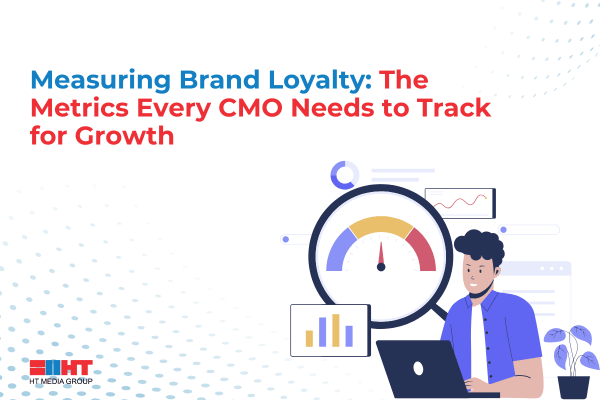


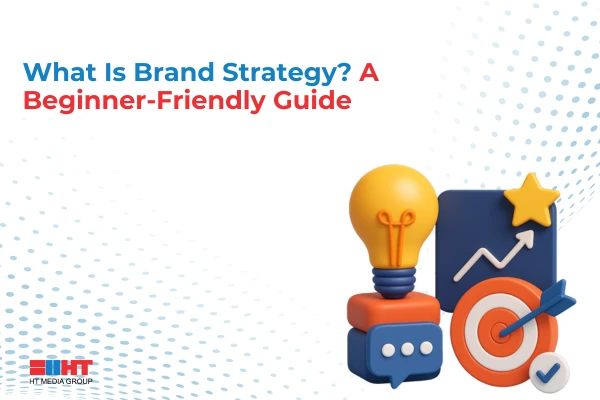
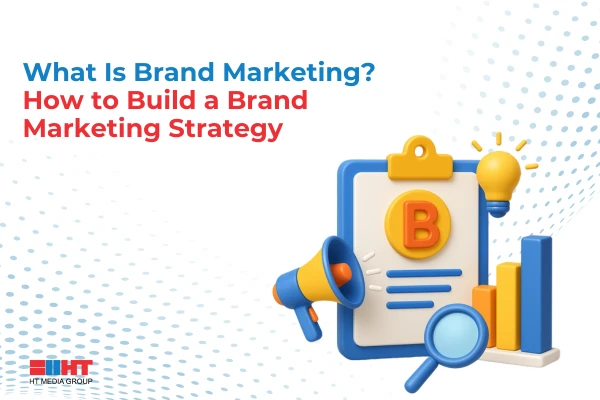
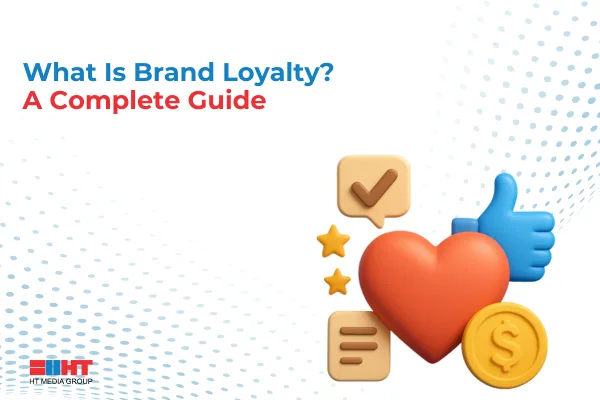
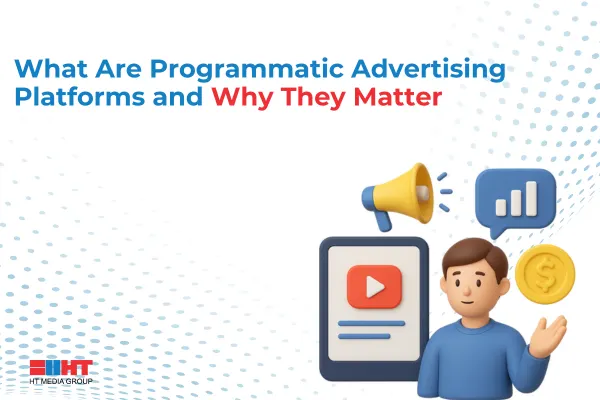
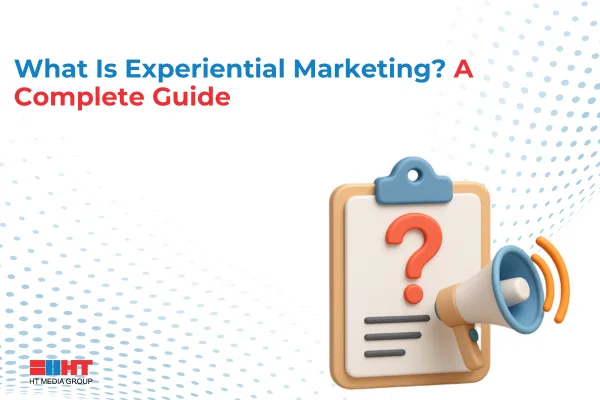
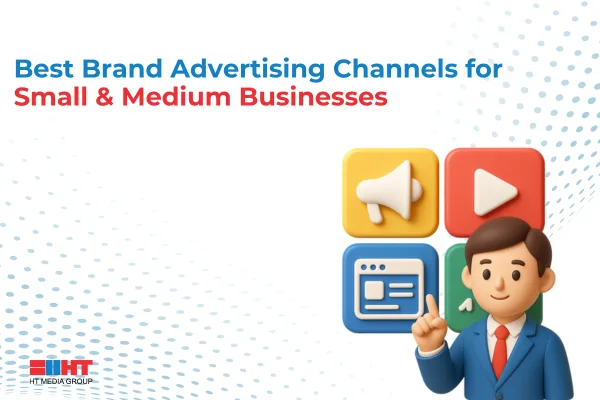
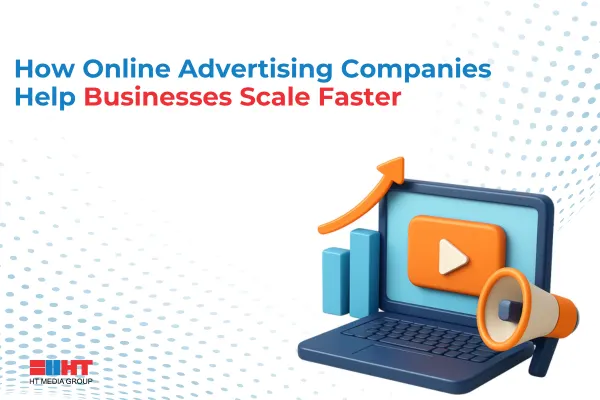
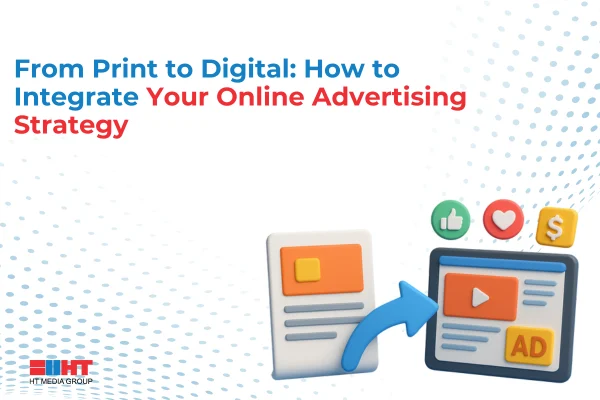
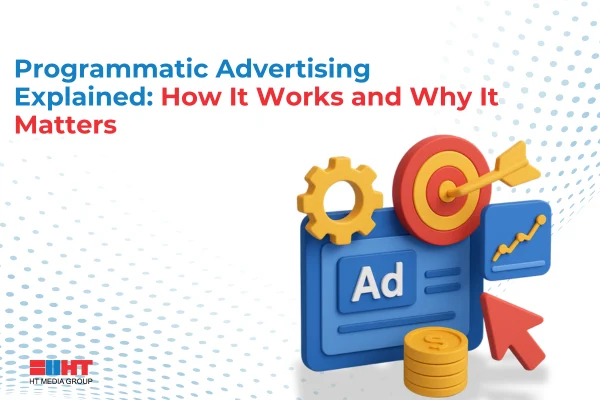
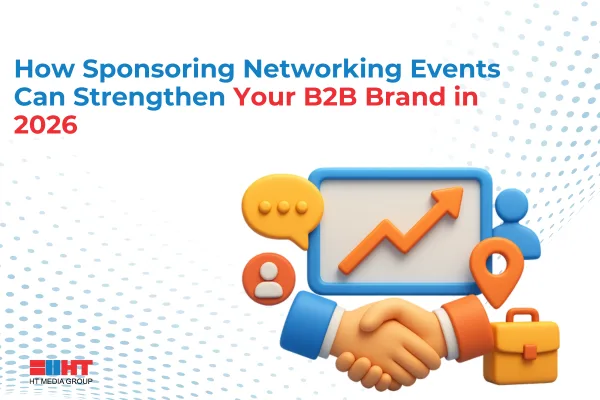

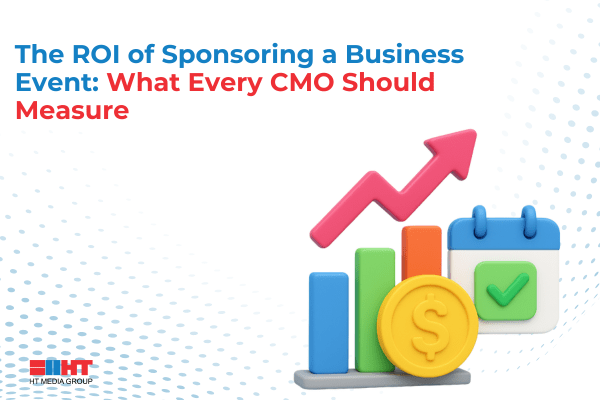

Comment